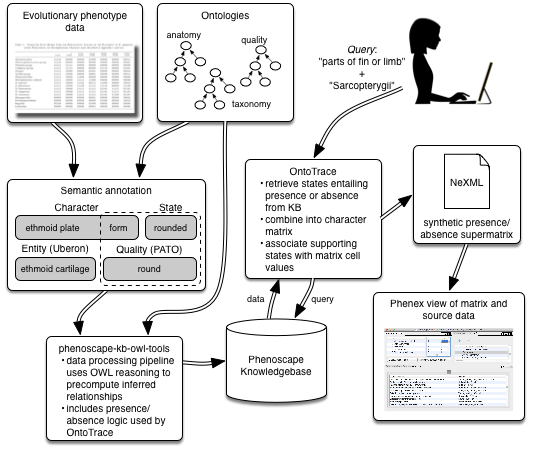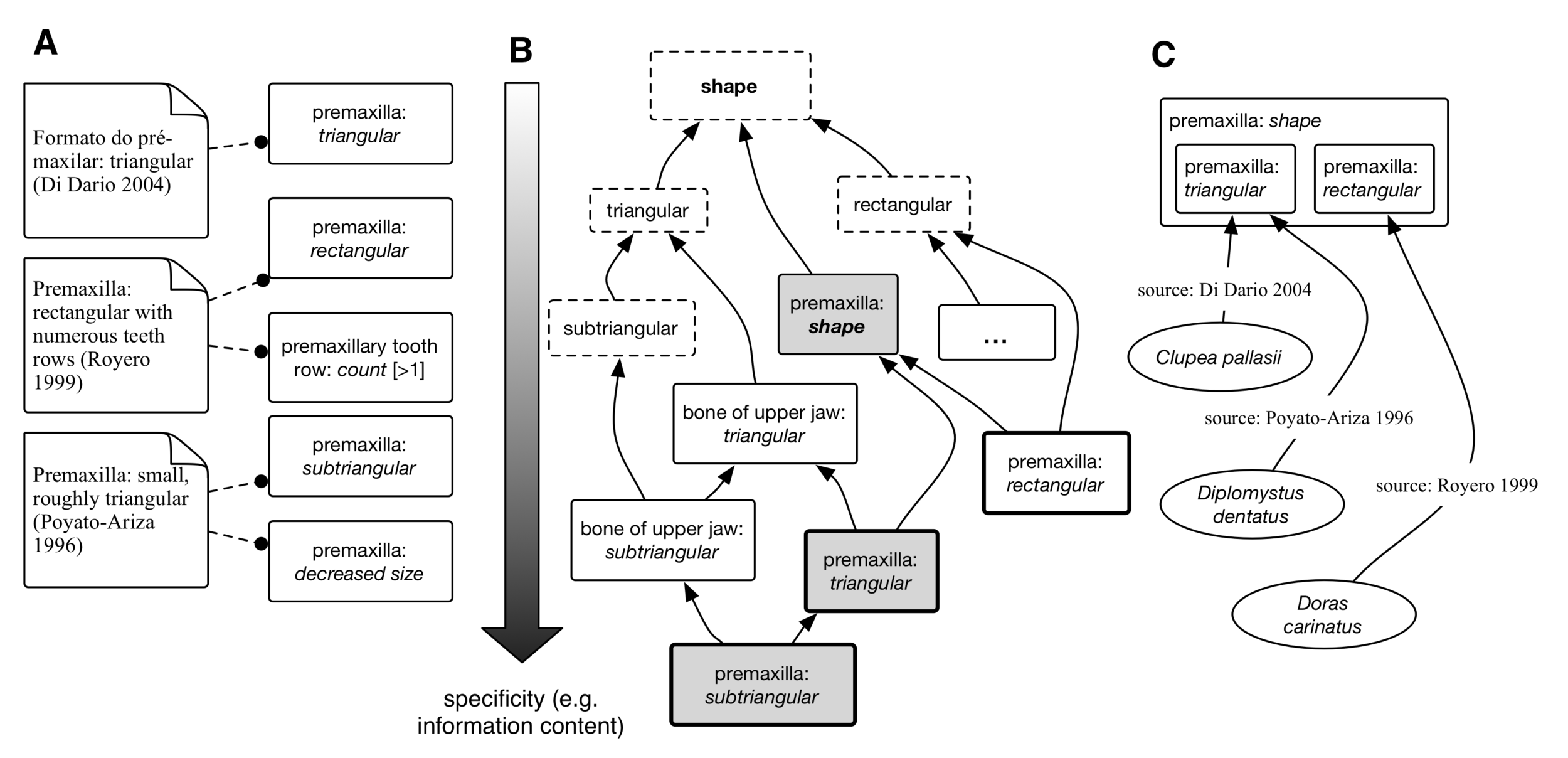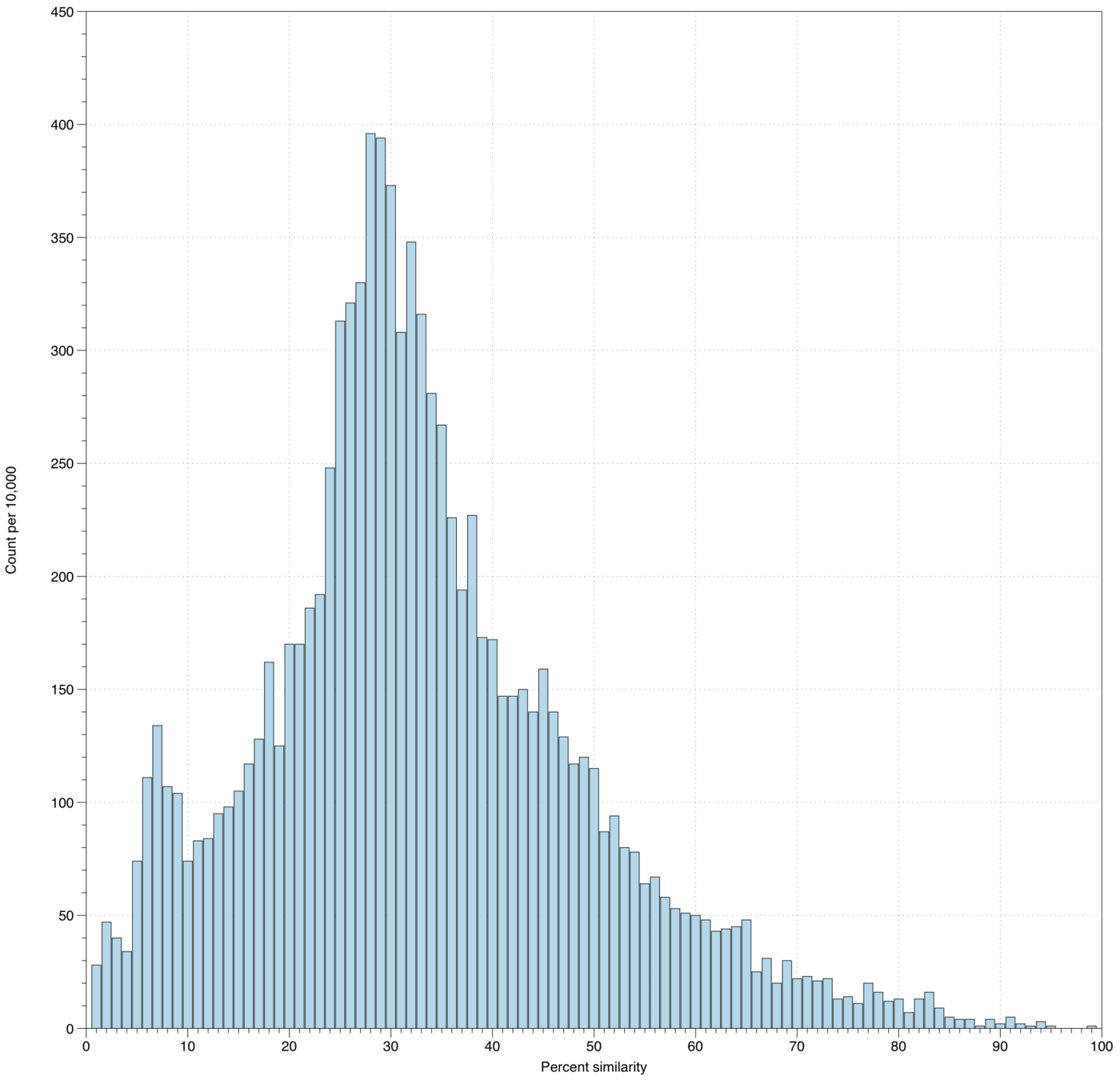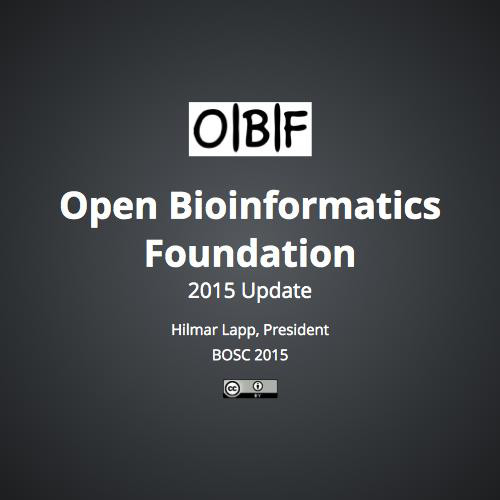MAS4CATE Project Meeting Oct 2017 - Character matrix synthesis
By Hilmar Lapp
MAS4CATE Project Meeting Oct 2017 - Character matrix synthesis
Discussion points about major deliverable 1 - character matrix quality assessment and synthetic character matrix generation







